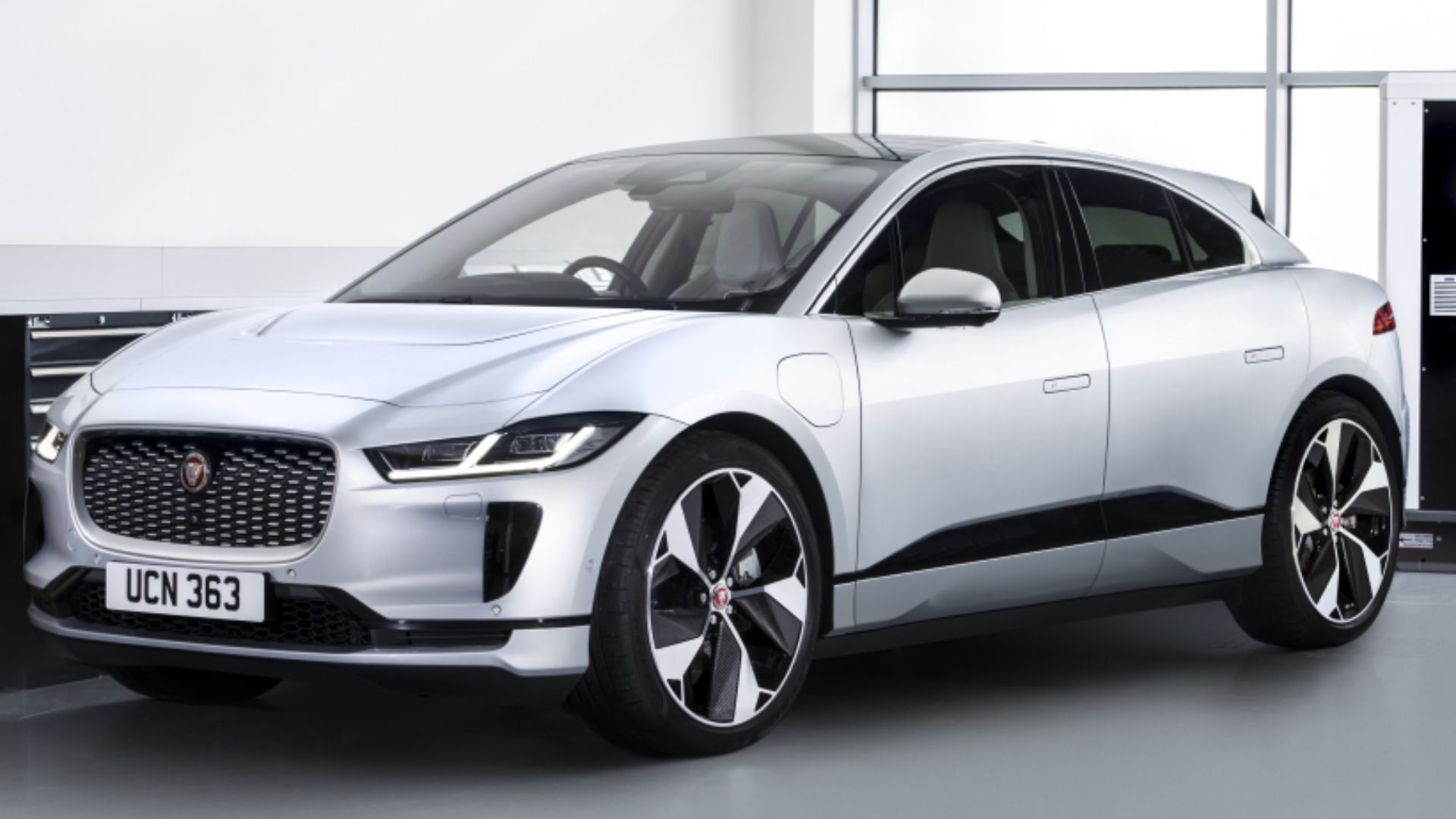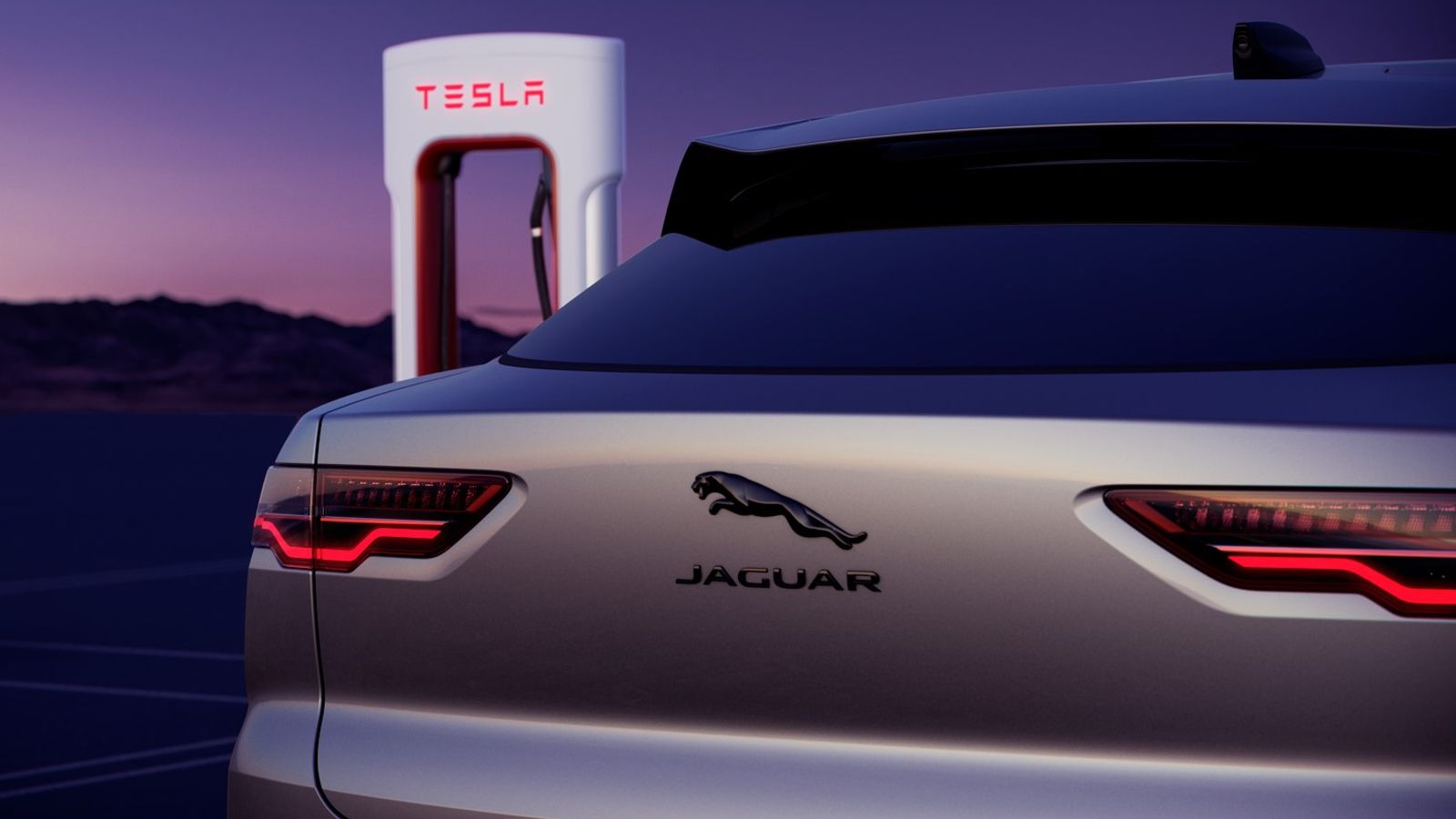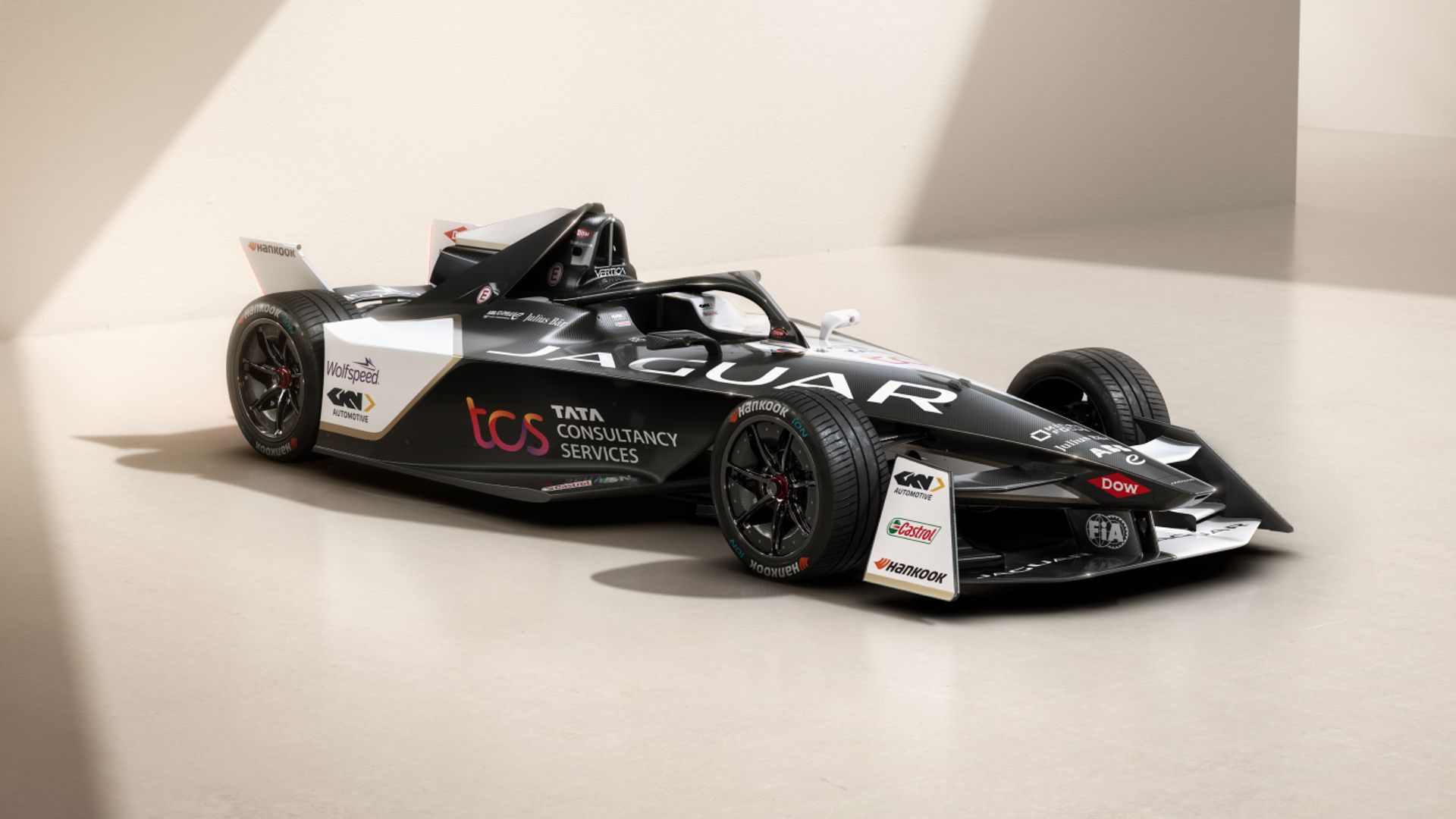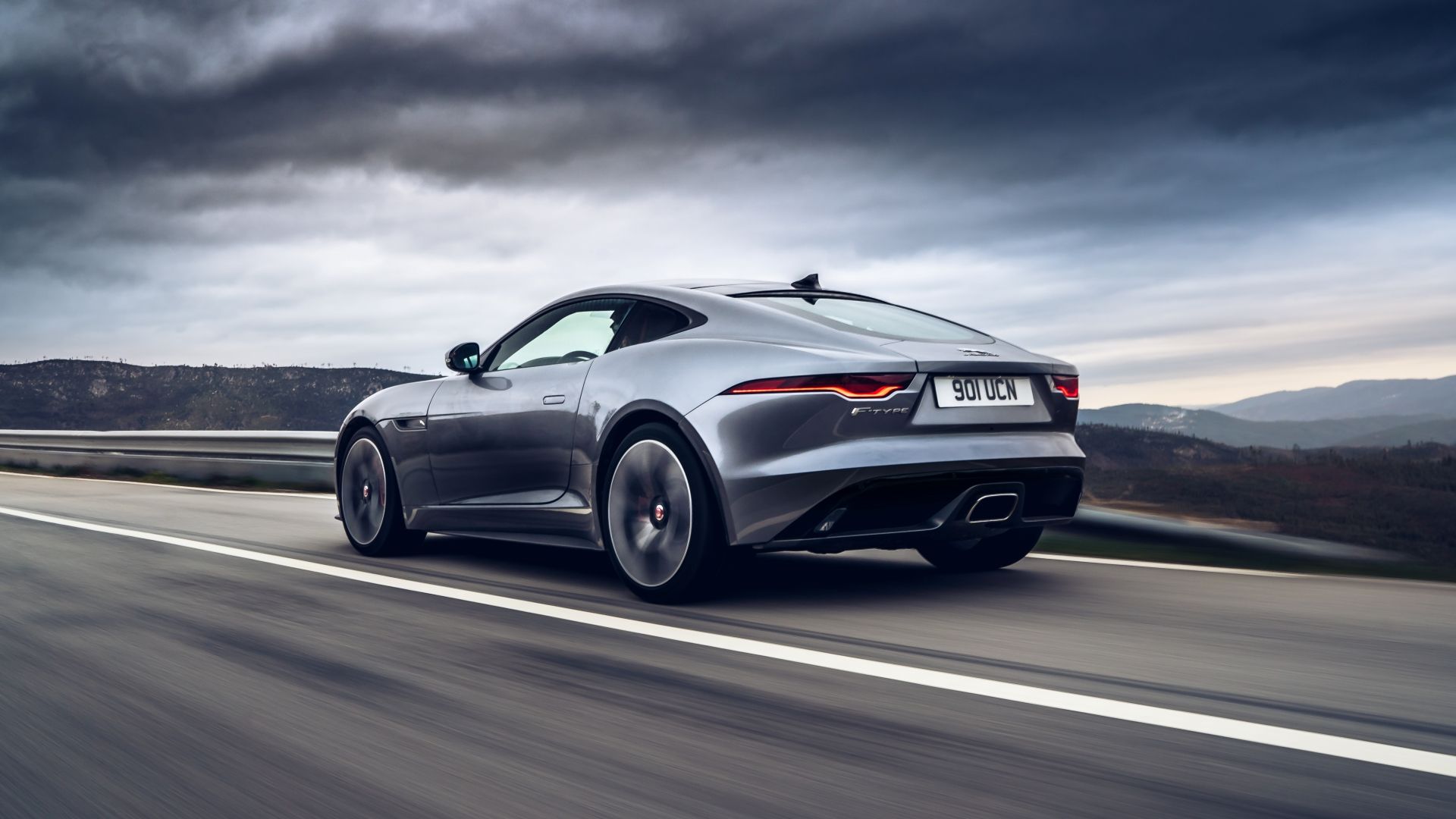Jaguar is a renowned manufacturer with a rich history and heritage. The automaker produced its first car in 1935 and has continued to make significant strides since then. The company has made several groundbreaking achievements, such as producing the fastest production car of its time, the XK120, in 1948, which could go up to 120 mph. Jaguar has also always been involved in motorsports and has made several innovations, including the light disc brake that helped them win the Le Mans in 1953.
One of the most popular models from Jaguar is the E-Type or XK-E, which is known for its exquisite design and powerful engines. The car started with a 3.8-liter engine and later transitioned to the beloved 5.3-liter V-12 in the series 3. The series 3 had improved brakes and power steering, impressive for its time in 1971. The car boasted 272 horsepower and could go from 0 to 60 mph in under seven seconds. The E-Type was a milestone in history because it could match Ferrari’s speeds at a much lower price, making it the perfect sports car. Several celebrities, such as Frank Sinatra, owned an E-Type during its time.
Jaguar has a long history of producing sports cars and making significant contributions to motorsports. However, the company has recently taken an important step towards a more sustainable future. It has committed to discontinuing the use of internal combustion engines (ICE) in all vehicles across its product line, with the goal of electrifying every Jaguar by 2025.
In order to give you the most up-to-date and accurate information possible, the data used to compile this article was sourced from Jaguar.
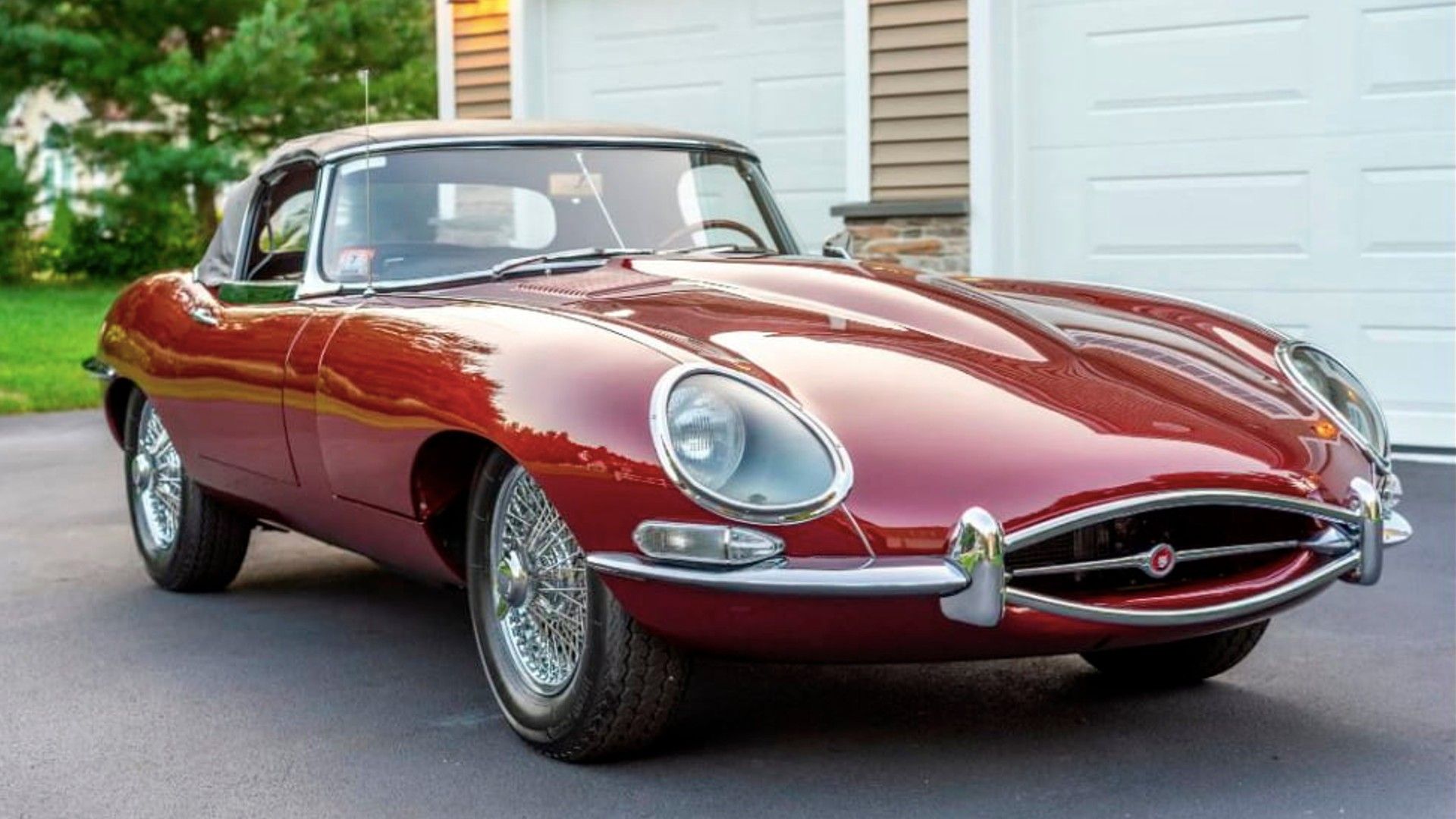
10 Things That Make The Jaguar E-Type A True Automotive Icon
The Jaguar E-Type came with a beautiful design, high performance, and some revolutionary features which shifted the automotive industry
Redefining Jaguar’s Electric Lineup
Jaguar has set an ambitious target of creating a fully electric lineup by 2025, which means all of its combustion engine cars will be gone. With this move, the company is taking a significant risk, but they are committed to it. To achieve this target, it is scrapping most of its long-standing production ICE cars like the sedan XJ, and replacing them with electric versions. This will involve changing the identity and complete design of each of these vehicles, resulting in a brand-new production line.
The I-Pace Is Approaching Its End
Jaguar Land Rover’s CEO, Adrian Mardell, announced that the production of the electric Jaguar SUV, the I-Pace, will come to an end in 2025. This decision is significant as it signifies a new direction for the company, which has not yet produced any combustion engines. The I-Pace will undergo some exterior changes in its final year before production ceases completely.
Jaguar plans to have most of its fleet either electrified or completely new by 2025. The I-Pace faced several problems in the past, including fire risk issues, which may have influenced the decision to discontinue it. However, Jaguar aims to resolve these problems for their future electric cars.
Two New Production Cars For 2025
Jaguar has announced that they will be bringing two new cars in 2025, but there may be more to come. One of these cars is a four-door GT vehicle, which will be built in England and is expected to have more horsepower than any Jaguar car ever made. The new GT car will also have an impressive range of 430 miles. It is said that the car will debut this year and will be available in 2025.
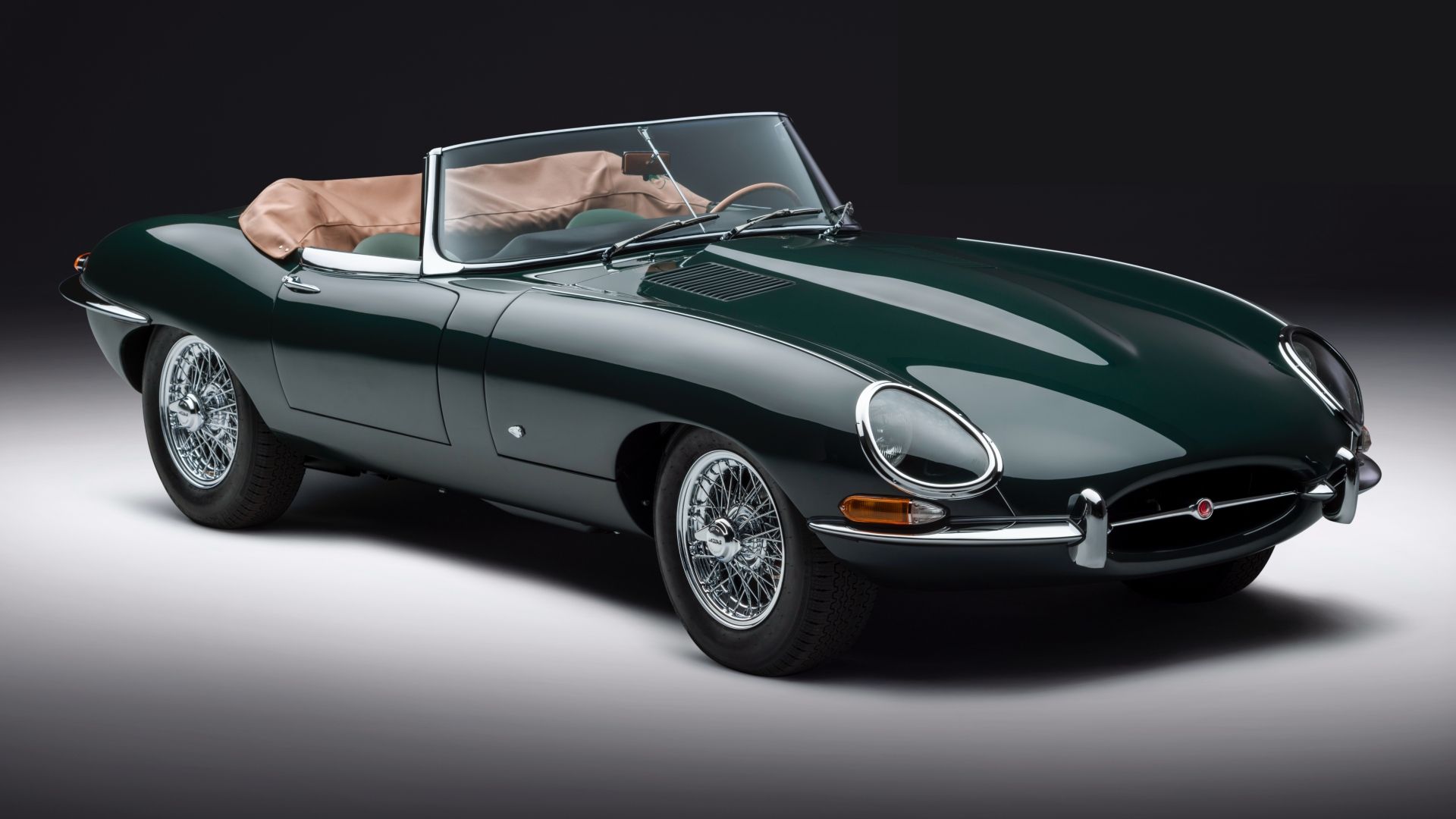
10 Greatest Jaguar Sports Cars, Ranked
Jaguar has a long history of creating timeless, fast, and exhilarating sports cars, and here are ten iconic models in the British marque’s history
Jaguar’s Partnership With Tesla Expands Electric Charging Access
Jaguar seems to have identified a gap in the market and is making a significant effort to contribute to a sustainable future, particularly with the world moving towards electric vehicles. Their aim to achieve this by 2025 is commendable, but infrastructure will need to be in place to make this happen. Compared to some manufacturers, Jaguar’s plans seem to be ahead of the curve, and their focus on electric vehicles may allow them to come up with new solutions.
The Positives Of A Partnership With EV Giants
Tesla, a giant in the electric vehicle industry, has been leading the way since 2003. Their vision was to create the most compelling automotive company in the 21st century and help the world transition to electric vehicles. They have set the benchmark for other companies in terms of range and speed, and Jaguar’s decision to partner with them for electric chargers is a positive move with many benefits.
This collaboration allows Jaguar to use Tesla’s vast infrastructure of over 50,000 chargers worldwide, which addresses concerns about the lack of infrastructure to support electric cars, especially on long journeys. With Tesla’s chargers in place, Jaguar’s electric vehicles will be just as efficient and easy to access as Tesla’s.
Improving The Charging Cables
Another significant advantage for Jaguar is that Tesla’s chargers use a unique system that was previously only available to Tesla vehicles. By partnering with Tesla, Jaguar will also gain access to this unique charging system, which is among the best in the world. This could lead to further expansion of the charging infrastructure, making EV stations more accessible for everyone. Additionally, by using the same chargers, sustainability is improved, as there will be no need to build multiple charging stations, which will help keep costs down for everyone involved.
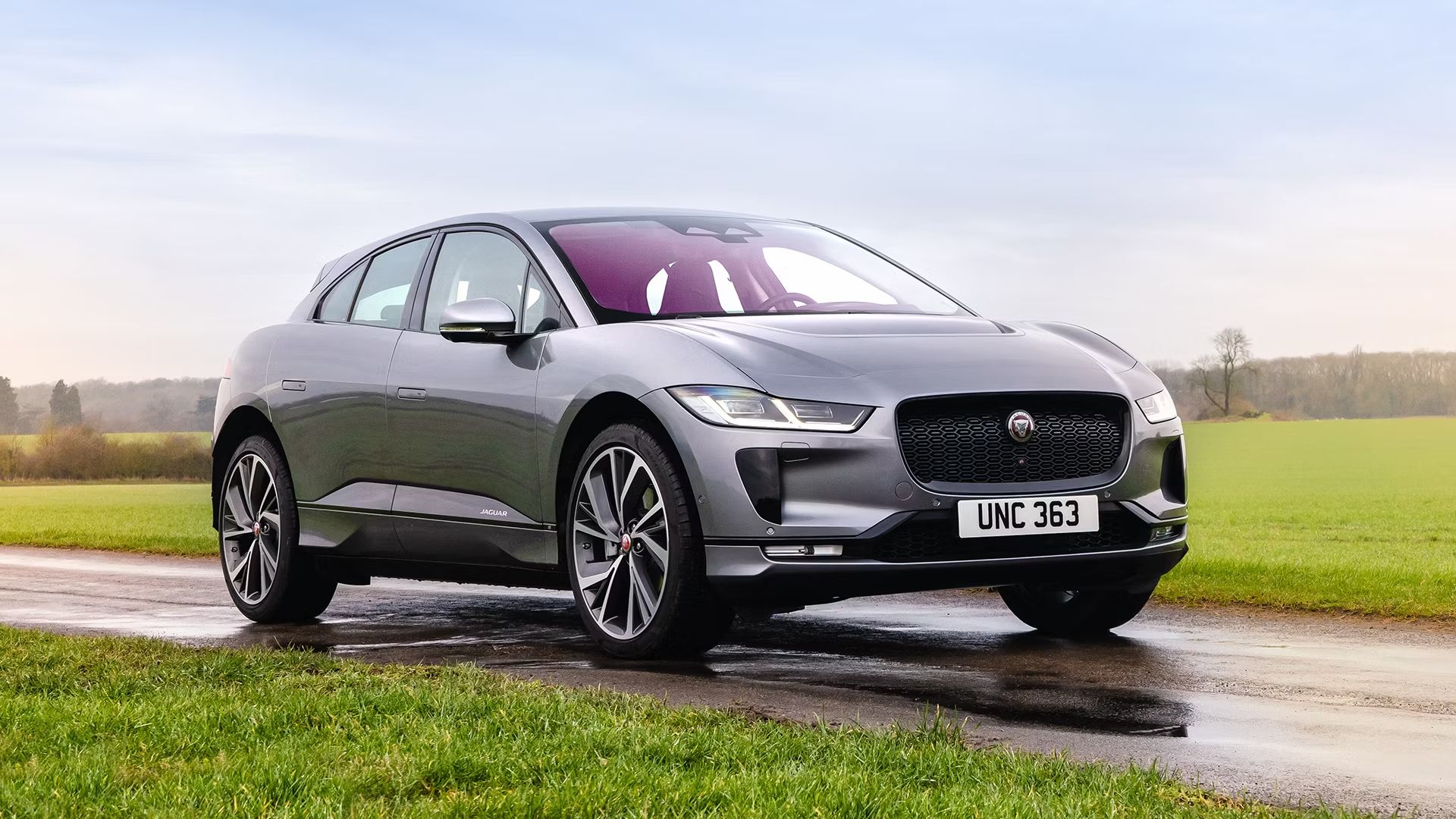
5 Things That Make The Jaguar I-Pace Irresistible (And, 5 Things That Don’t)
The Jaguar I-Pace is a stylish and luxurious electric SUV that offers best-in-class tech, but lacks performance and range compared to the competition
The Jaguar I-Type 6 Sets New Electric Standards
The Jaguar Type 6 is an electric racecar designed to participate in the 2023 FIA Formula E Championship. It is the most innovative and efficient racecar ever produced by Jaguar, with the goal of winning the championship.
Jaguar’s I-Type 6, Lighter And More Powerful Than Ever
To remain competitive, teams must adapt and enhance their vehicles to create a superior car to their competitors. In Formula E, only the chassis and battery are standardized for every racing car. Everything else, including the powertrain, is open to customization, allowing each team to gain an advantage over their rivals.
Jaguar has made notable improvements to its I-Type 6, with a focus on reducing weight, increasing power, and achieving faster speeds. These enhancements have enabled the I-Type 6 to perform better on the track, earning the award for the fastest car of the year. Moreover, the I-Type 6 is the most eco-friendly vehicle in the competition, as it can charge its battery exceptionally fast.
Transferring Knowledge To Production Vehicles
Formula E cars are designed to be sustainable, producing zero carbon emissions from their engines. Despite this, they can still reach impressive speeds, with even second-generation Formula E cars able to reach 60 mph in just 2.8 seconds and a top speed of 174 mph. However, they fall short when it comes to top speed when compared to Formula 1 cars. The I-Type 6, on the other hand, has a top speed of 200 mph, making it more comparable to a Formula 1 car.
Jaguar intends to apply the knowledge and expertise gained from its motorsports experience to improve its production vehicle lineup by 2025. The company’s objective is to create a more sustainable and eco-friendly future for the automotive industry by doing so.
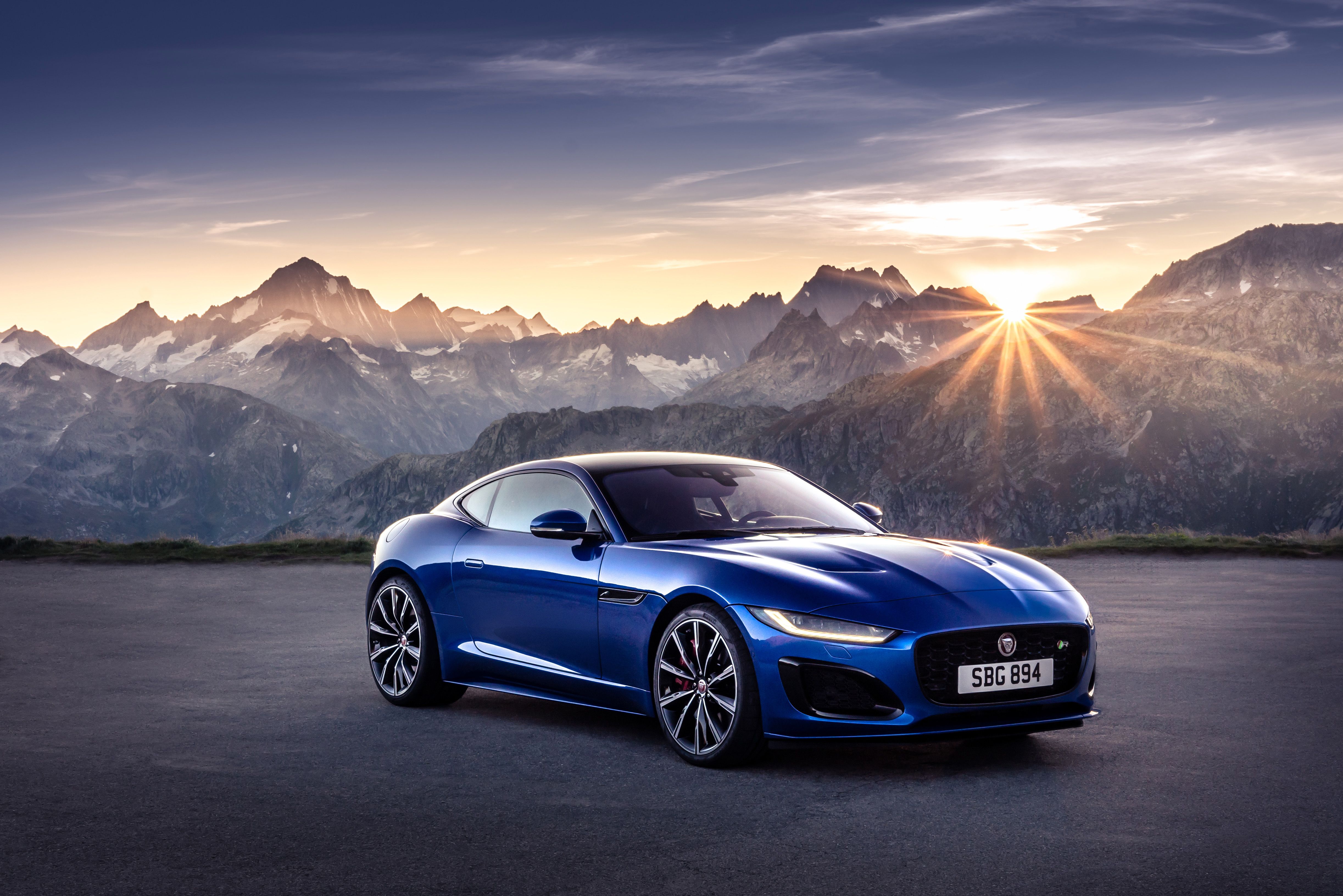
Why the Outdated Jaguar F-Type Is Still The Perfect Sports Car
The British V-8 bruiser defines old-school performance in a tech-heavy segment
Celebrating Legacy As Jaguar Transitions From The F-Type
Jaguar, the luxury car manufacturer, has recently announced that it will discontinue the production of its famous F-Type model. First launched in 2013 as a convertible sports car, the F-Type quickly gained popularity due to its sleek design and impressive performance. It was available with either a V6 or V8 engine, with the latter being particularly sought after due to its outstanding sound performance. However, in a significant move towards a more sustainable future, Jaguar has decided to focus exclusively on producing electric cars. Therefore, the discontinuation of the F-Type represents a significant step in this direction.
Heading Towards A More Sustainable Future
Jaguar believes that the future lies in electric cars and is committed to creating a new identity for itself in this evolving landscape. As a part of this effort, the company will no longer use the Jaguar badge and will only use the letters. This will allow them to create a more distinct identity for their electric cars, which they plan on making more widely available. However, despite this change, they will continue to use the name ‘Jaguar’, which has a rich history in motorsports dating back to 1922. It also made appearances in Formula 1 during 2000-2004, and thus holds a great name of virtue for many people.
The V-8 Engine Will Be Kept In A Museum
As for the iconic V-8 engine, Jaguar has decided to keep it in a museum. The company recognizes the significance of this motor in automotive history and wants to ensure that it is preserved for future generations. The beloved V8 motor will be on display at the British Library in London, where people can come and hear the sound of its bellowing tune once again. It’s possible that in the future, when all cars are electric, this will be the only way to hear the cherished tune of a V8 again.

